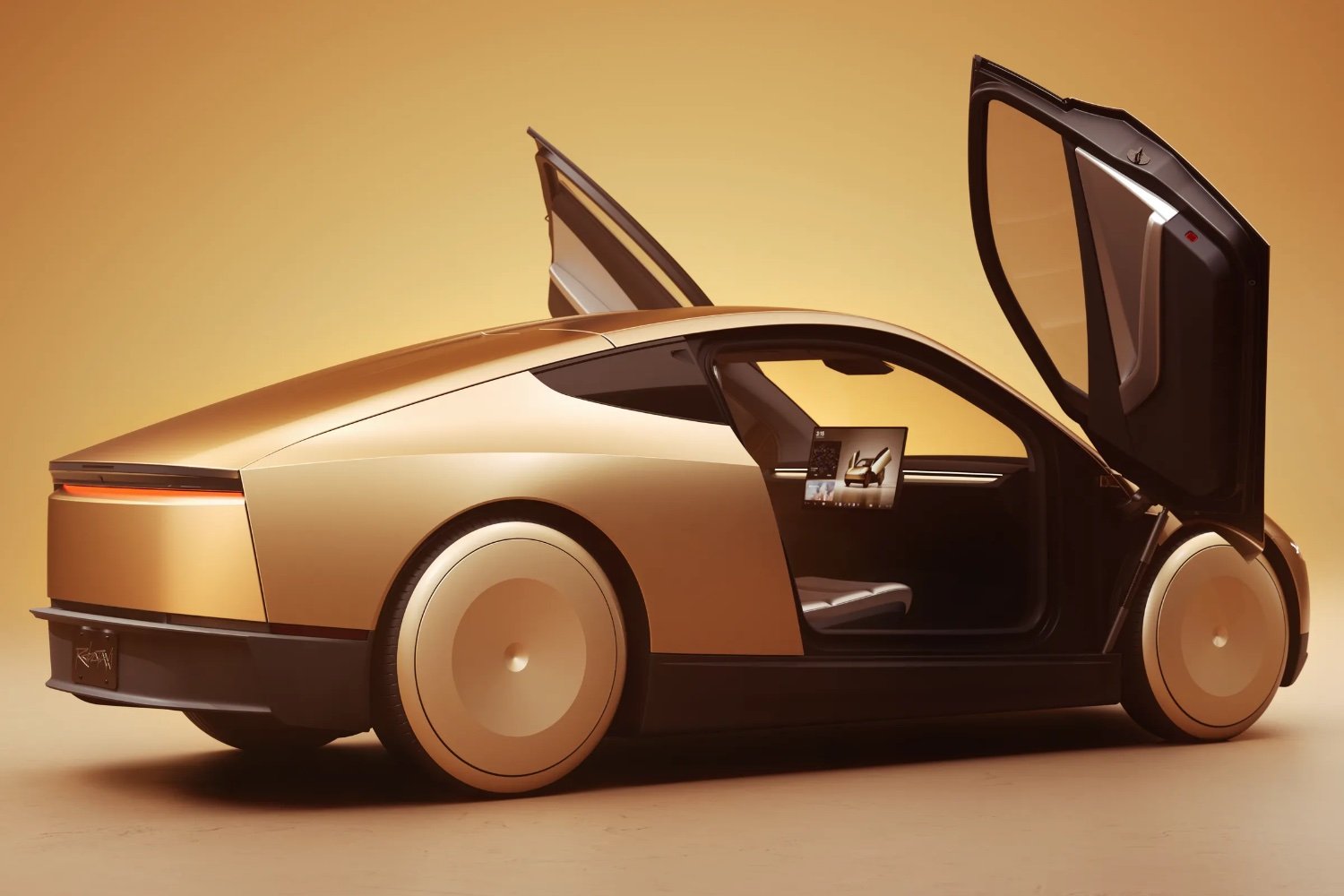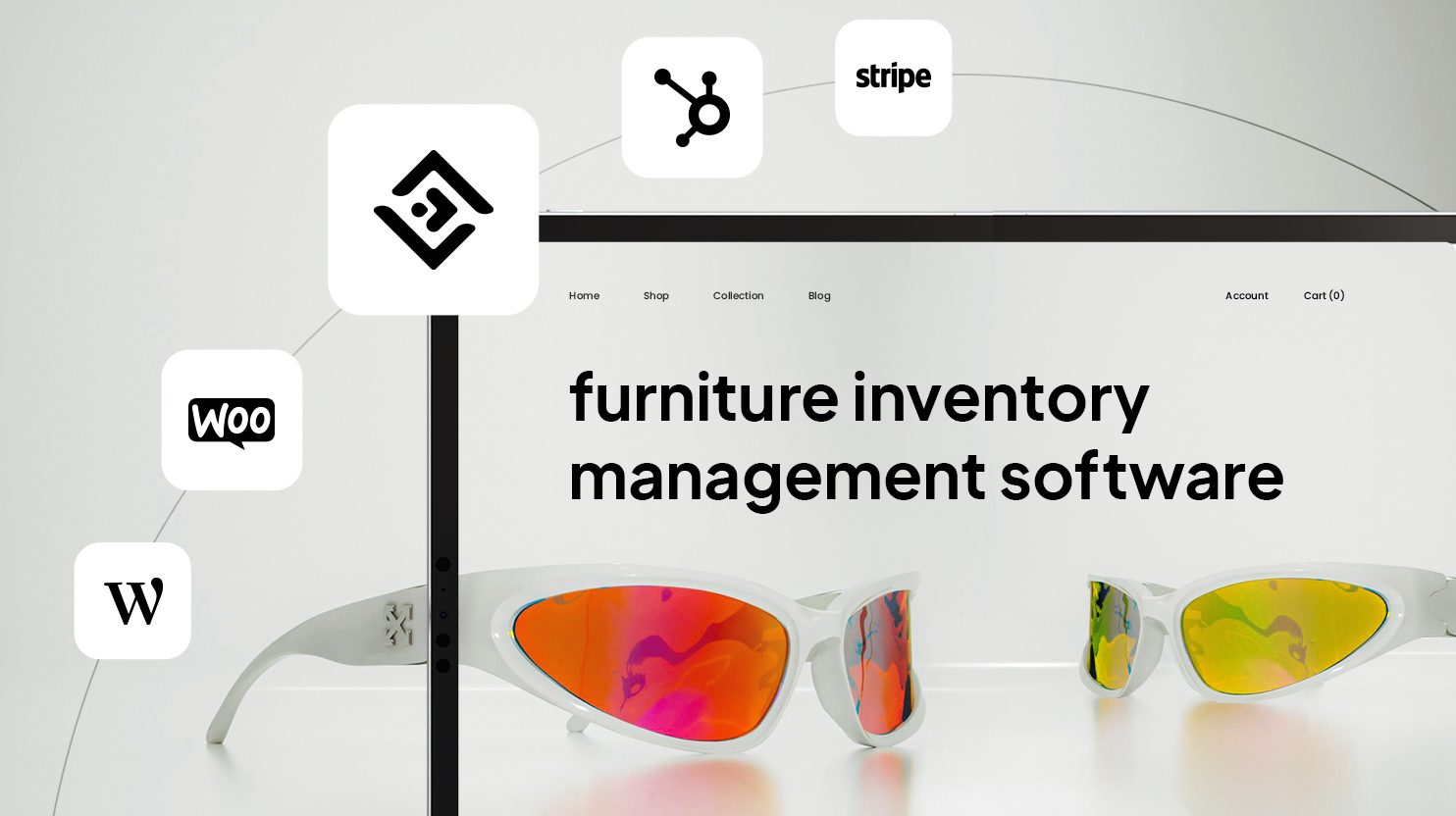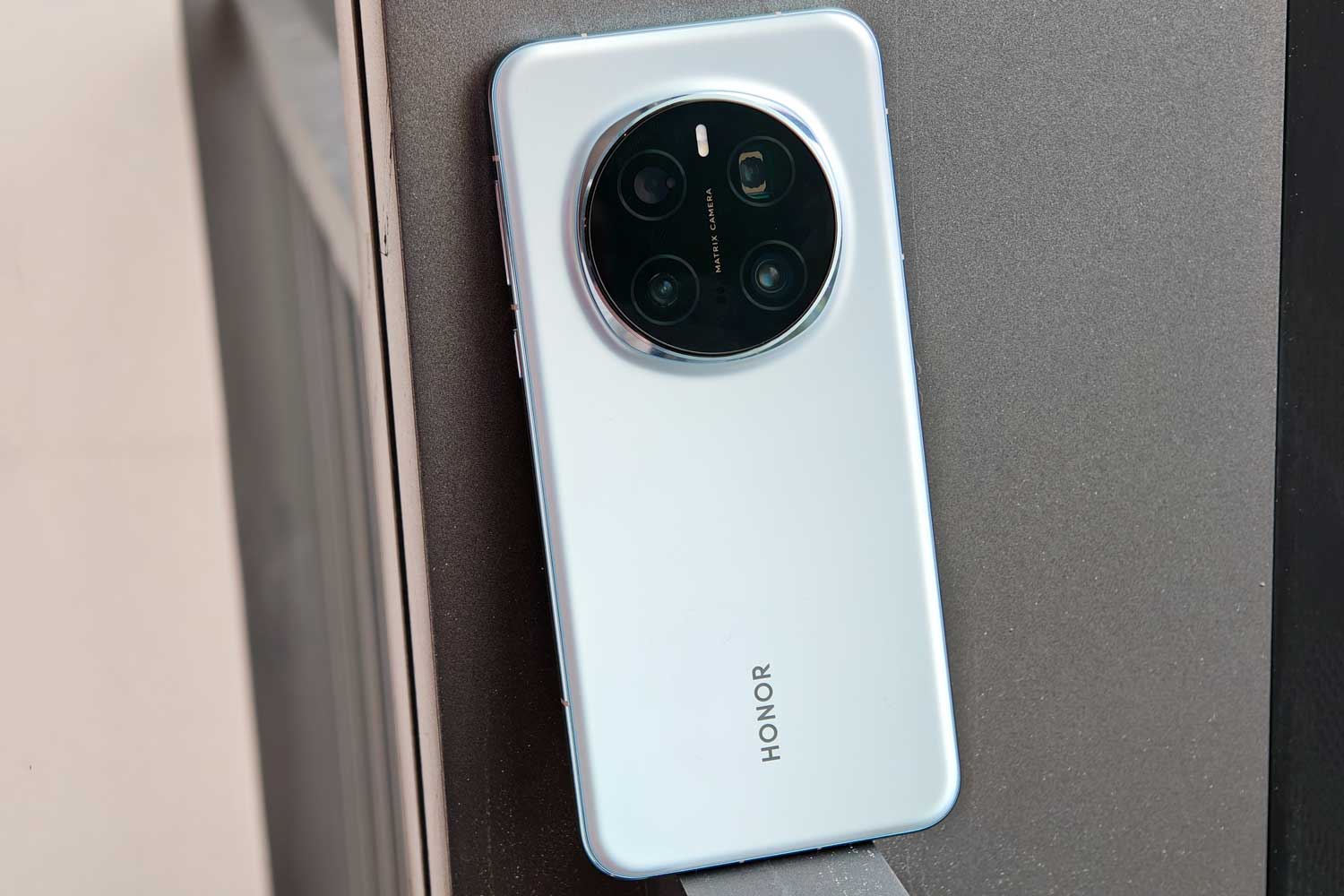Last April, a rumor hit the headlines: an article from Reuters revealed that Tesla had abandoned its $25,000 electric car project, a long-awaited model seen as the next step in conquering the mass market. This vehicle, which fans and investors called “Model 2”, would have allowed the group to diversify its offering by offering a more accessible vehicle than the Model 3, which remains the brand’s cheapest model with a starting Price of 42,490 dollars.
The challenge of total autonomy
Elon Musk then denied this information in his usual outrageous style, and without giving details. However, during the presentation of quarterly results on October 23, the CEO ended up admitting that a $25,000 model without autonomous capability would, according to him, “ useless “. He said: “ Having a regular model (at this price) makes no sense. That would be ridiculous. » According to him, only a fully autonomous model would justify the launch of a low-cost vehicle.
Faced with market demands and the rise of Chinese electric vehicle manufacturers, Tesla has reviewed its priorities. In May, the company removed from its impact report its ambition to produce 20 million vehicles per year by 2030. This decision was interpreted as a signal of strategic realignment, it is part of a new vision where autonomous robotaxis will become the pillar of growth.
Elon Musk presented last month a prototype called “Cybercab”, a two-door, two-seat model, without steering wheel or pedals, intended to be fully autonomous. “ This is a vehicle designed for autonomous driving “, declared the executive, adding that its production could begin as early as 2026. If this vision sees the light of day (and that’s a big “if”), Tesla would then effectively be able to offer an autonomous transportation solution for around 25,000 dollars.
But observers of the “Tesla” thing remain skeptical. The Cybercab, with its design inspired by sports cars and its two-seater configuration, raises many questions regarding the target clientele. This model does not seem to be very suitable for mass transport services. In addition, Tesla’s promises of “driverless” autonomous vehicles are failing, with the company’s current “Full Self-Driving” technology still requiring the supervision of a human driver… and therefore a good old steering wheel.
Some analysts believe that Tesla could have favored a more cautious approach, for example by launching an affordable version of its current models. The abandonment of an accessible model clearly leaves space for Chinese competition, which is quicker to offer electric vehicles at competitive prices.
🟣 To not miss any news on the WorldOfSoftware, , .



/cdn.vox-cdn.com/uploads/chorus_asset/file/25606870/STK445_ADVERTISING_STK093_GOOGLE_F.jpg)








